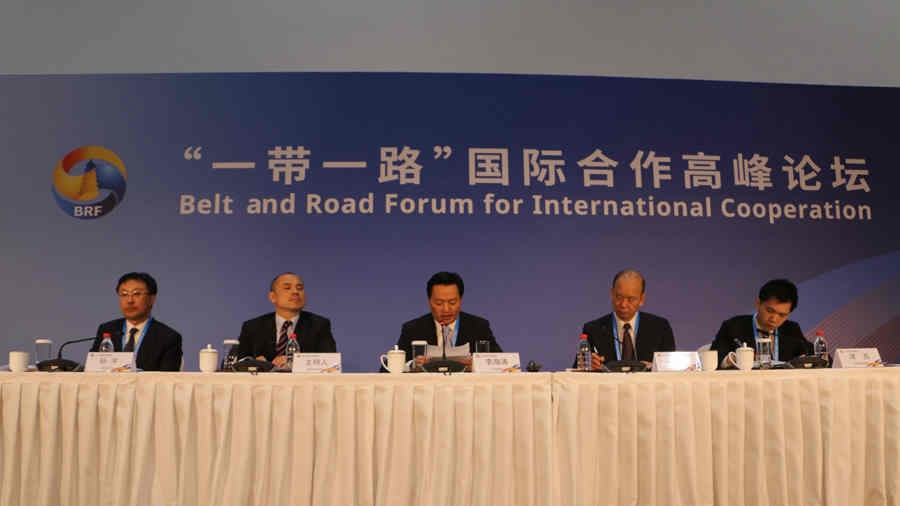
Politics
23:05, 13-May-2017
Heilongjiang aims to be key window for Belt and Road Initiative

Li Haitao, vice governor of China's northeastern Heilongjiang Province, said in a press conference on Friday that the province will be a key window in the Belt and Road Initiative, and play a pivotal role for the China-Mongolia-Russia Economic Corridor.
The China-Mongolia-Russia Economic Corridor has two key traffic arteries: one extends from China's Beijing-Tianjin-Hebei region to Hohhot and on to Mongolia and Russia; the other extends from China's Dalian, Shenyang, Changchun, Harbin and Manzhouli to Russia's Chita. The corridor is meant to boost infrastructure, connectivity and transportation between China and Russia.

Li Haitao, vice governor of China's Heilongjiang Province. /ECNS Photo
Li Haitao, vice governor of China's Heilongjiang Province. /ECNS Photo
In achieving results for the corridor, Li said Heilongjiang has done a lot, including completing sections of the Russian oil and gas pipelines that lie in the province.
The oil pipeline, from Mohe at the Russian border to the city of Daqing, is the China leg of the second East Siberia Pacific Ocean pipeline project that pumps Russian crude oil to China, with an annual capacity of 15 million tons.
Li said China has started construction of the oil pipeline, and also started laying the domestic portion of a Russia-China natural gas pipeline that has a planned annual capacity of 38 billion cubic meters.
The Heilongjiang vice governor said the focus for his province's Silk Road efforts would be expanding trade and investment with Russia.
He also said that cross-border transportation railway lines have been operating normally, including the one linking Harbin and Hamburg, and cargo trains linking China and Russia.
Li noted that while Heilongjiang retains its key advantage in opening up via cooperation with Russia, it has also helped the peoples from the two countries to communicate in many fields, including economic cooperation, culture, education, technology and tourism.

SITEMAP
Copyright © 2018 CGTN. Beijing ICP prepared NO.16065310-3
Copyright © 2018 CGTN. Beijing ICP prepared NO.16065310-3